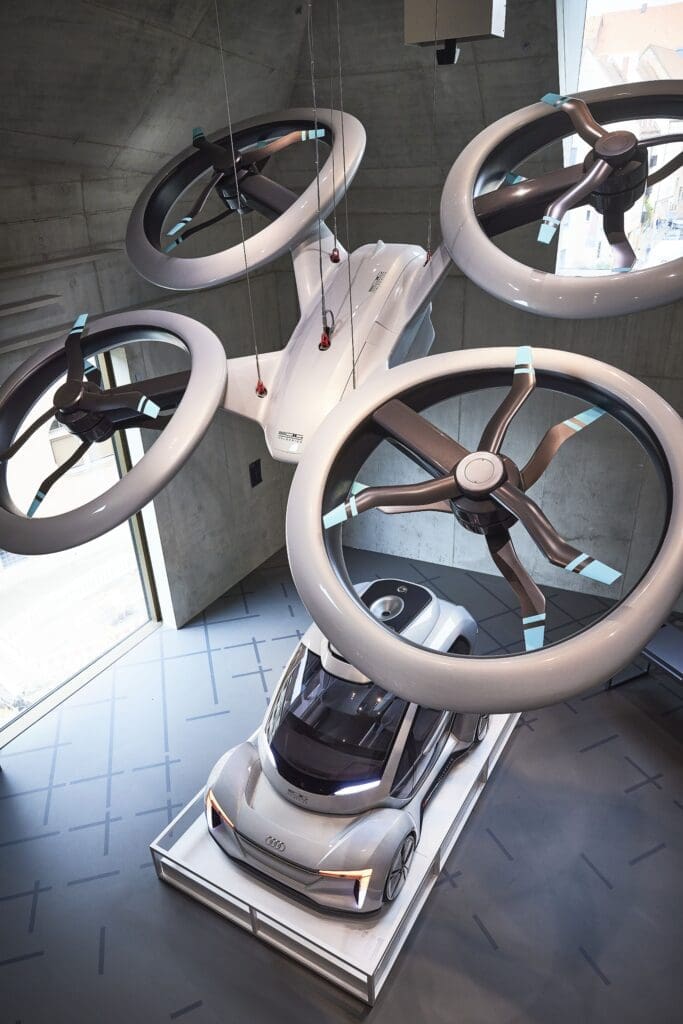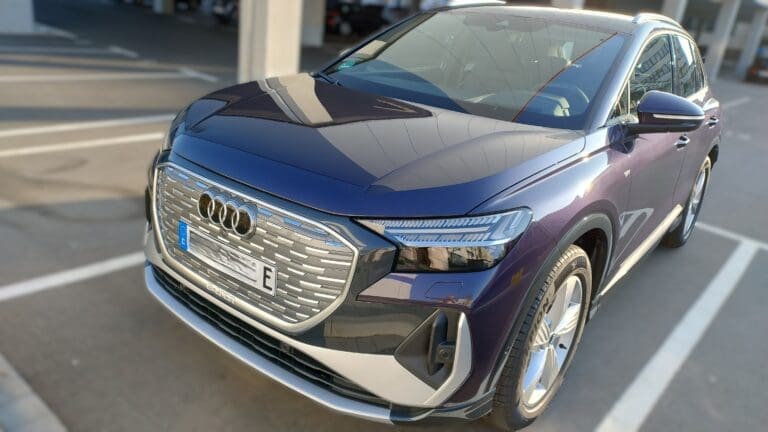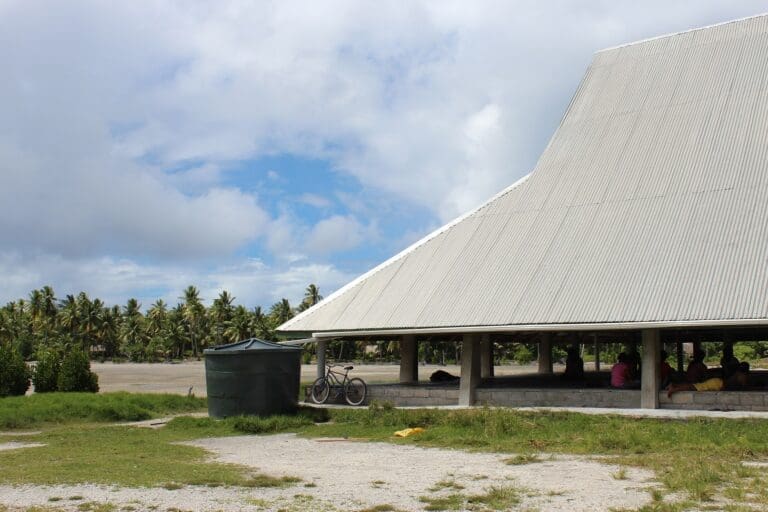The transportation landscape is undergoing a transformative shift, driven by technological advancements and the growing demand for efficient and sustainable solutions. Amidst this revolution, the emergence of eVTOLs (electric vertical takeoff and landing vehicles) and the infrastructure that supports them – vertiports – stands as a beacon of innovation.
eVTOLs: Redefining Urban Mobility
eVTOLs hold the potential to revolutionize urban mobility by offering a faster, more convenient, and environmentally friendly alternative to traditional modes of transportation. Unlike helicopters, which are noisy and fuel-intensive, eVTOLs operate with electric propulsion, producing minimal noise and emissions. They can also take off and land vertically, enabling them to operate from rooftops, parks, and other restricted areas, making them a viable option for densely populated urban centers.[1][2][3]
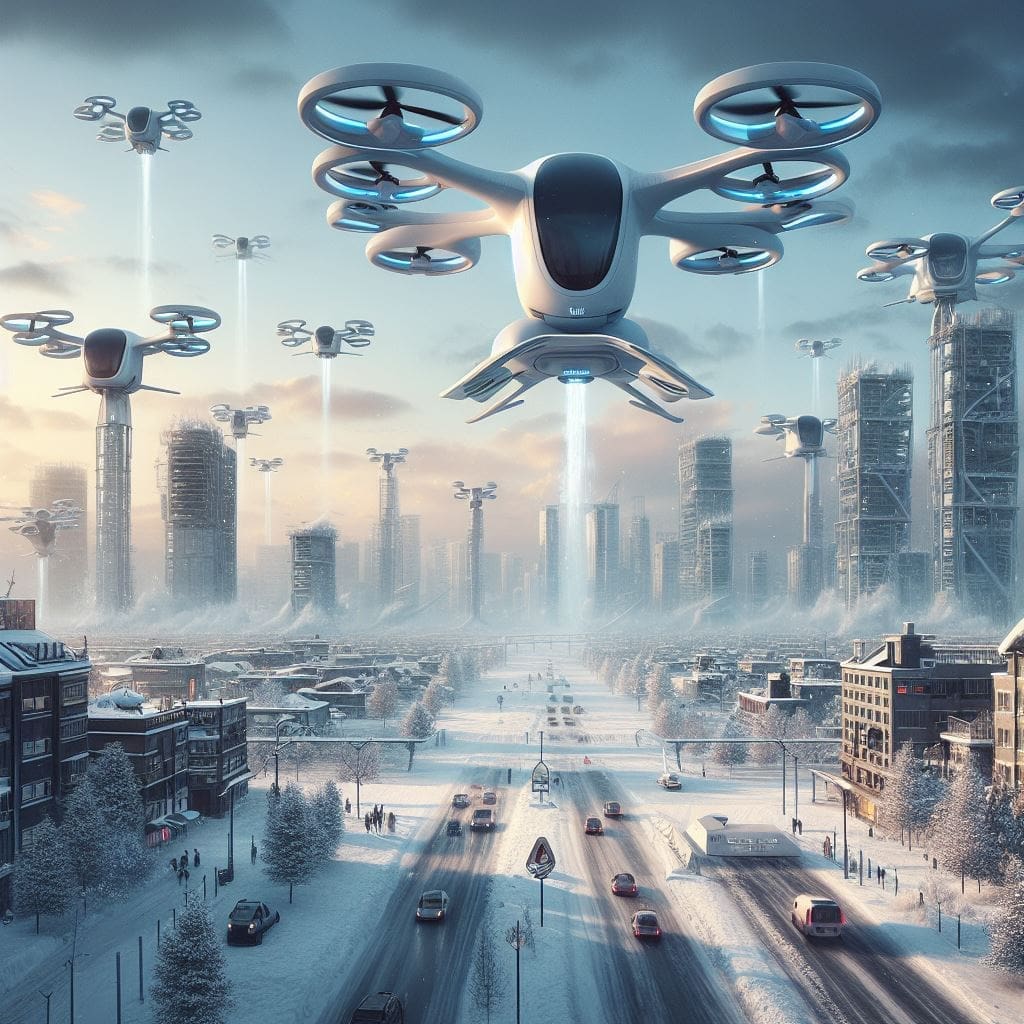
Vertiports: The Groundbreaking Link
Vertiports serve as the landing pads and ground infrastructure for eVTOLs, providing a safe and efficient environment for passenger and cargo operations. They play a crucial role in integrating eVTOLs into the existing transportation network, connecting them to public transportation hubs, airports, and dense urban areas.
A Global Network of Vertiports Emerges
The development of vertiports has gained momentum in recent years, with numerous projects underway in various parts of the world. Here’s a snapshot of some of the operational and planned vertiports around the globe:

- Pontoise-Cormeilles Airfield, Paris, France, inaugurated in 2022[4]
- Port of Rotterdam, Rotterdam, Netherlands, operational 2023[5]
- Vertiport at New York/New Jersey International Airport (EWR), USA, planned 2025[6]
- Vertiport, Dusseldorf Airport and Cologne/Bonn Airport, Germany, planned 2025[7]
A Trillion-Dollar Market with Vast Potential
The development of vertiports is being driven by a growing number of eVTOL companies entering the market, including Volocopter, Lilium, Joby Aviation, and Beta Technologies. These companies are working to bring their eVTOL aircraft to market, with the goal of providing a new mode of transportation that is more efficient, sustainable, and convenient than traditional options.
Figures that Speak Volumes
The advanced air mobility market is expected to reach a staggering $1.5 trillion by 2040[2], fueled by the increasing demand for urban mobility solutions that can address traffic congestion, reduce pollution, and provide faster travel times.
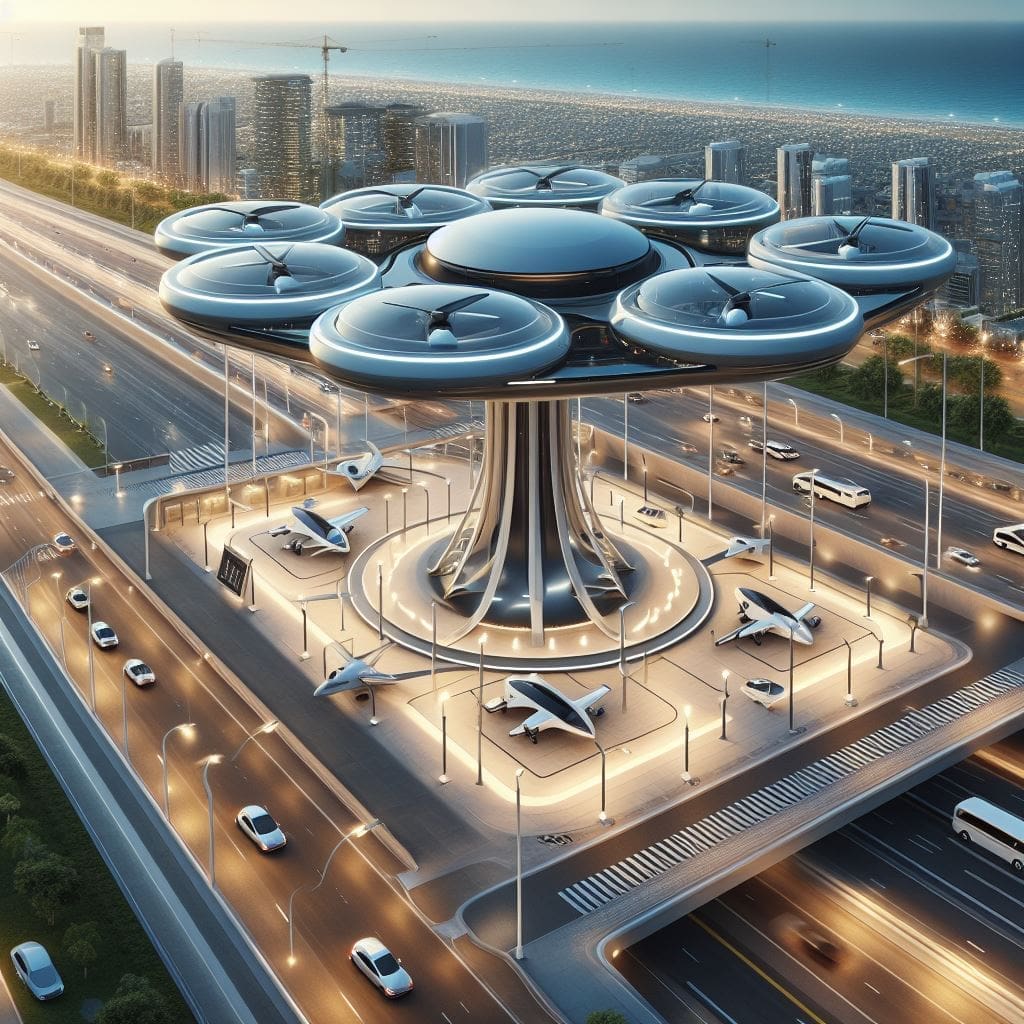
A Proliferation of Vertiports on the Horizon
The number of vertiports in operation is expected to grow rapidly in the coming years, with a report by Ascend by Cirium estimating that there will be over 10,000 vertiports in operation by 2040. This growth will be driven by the increasing number of eVTOL aircraft being deployed, as well as the growing demand for urban services.[3]
Transformational Impact on Urban Mobility
The development of vertiports has the potential to revolutionize urban mobility. Vertiports will allow eVTOLs to operate from a variety of locations, including rooftops, parking garages, and designated urban spaces. This will make it possible for eVTOLs to provide point-to-point transportation services within cities, connecting passengers to airports, public transportation hubs, and other destinations.
Reshaping Urban Landscapes with Efficiency and Sustainability
As the number of vertiports grows, we can expect to see a significant reduction in traffic congestion, improved air quality, and a more efficient and convenient way to get around cities. The future of urban mobility is taking flight, with vertiports and eVTOLs poised to transform the way we travel within cities.
Sources:
[1] https://www.mckinsey.com/featured-insights/the-next-normal/air-taxis
[2] https://aerocarjournal.com/advanced-air-mobility-by-the-numbers/#:~:text=US%241.5%20trillion%20The%20value,study%20conducted%20by%20Morgan%20Stanley.
[3] https://www.cirium.com/thoughtcloud/advanced-air-mobility-snapshot-may-2023/
[4] https://www.volocopter.com/en/newsroom/vertiport-testbed-for-eu-uam-paris
[5] https://www.urbanairmobilitynews.com/vertiports/rotterdam-port-installs-first-vertiports-a-year-earlier-than-planned/
[6] https://verticalmag.com/press-releases/archer-and-united-airlines-announce-first-commercial-electric-air-taxi-route-in-the-us/
[7] https://lilium.com/newsroom-detail/lilium-partnership-dusseldorf-cologne

